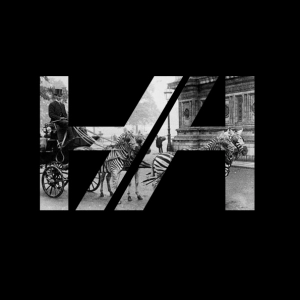Between 1920 and 1933 the United States banned all alcoholic liquor production and sale throughout the Nation. Although the 18th amendment restricted the flow of alcohol, the 1920s is still seen as the time of Jazz, the Charleston, sex and of course the wide spread popularity of the cocktail. This era would also see the rise of the criminal gangs who brought death and misery to the streets of the United States.
There were ways around the alcohol restriction in the US which many people were all to ready to exploit. Smugglers found a rejuvenation of their trade and soon drink was following into the United States through Canada, Mexico and from the Caribbean. Alcohol was also produced in secret, not only by the gangs but also by the individual. Some middle class housewives made their own alcohol not because they couldn’t afford to buy it in, but rather for the sheer thrill of breaking federal law. The grape growers of the West and California feared the coming of the 18th amendment as they would lose their market for wine, but the rather intelligent members among them were soon to exploit new markets. The grape fruit juices found their way into the new cocktails which were gaining popularity across the US. More amazing the grape growers labelled their ‘raisin cakes’ with a label saying “Caution: will ferment and turn to wine” providing many Americans with a cheap wine making home kit.
The laws of the Volstead Act, which protect the 18th amendment, did allow any alcohol that was purchased before January 1st 1920 to be stored in the home and consumed. For much of the upper class society this meant they could fill their private cellars full of alcohol ready for the ensuing restriction. Some did take this to extraordinary levels though, the New York Yale club bought in so much alcohol that they had enough to serve their members for 15 years! For the rest of society however, bootleg gin and home made whiskey had to do. For many these often foul tasting spirits were drank neat but for some the cocktail became their saviour. By using fruit juices and citrus fruits the taste of the foul liquor could be masked, meaning a night of drinking bootleg liquor was a delight rather than an endeavour.
The halls of the Federal government were also plagued with corruption and alcohol. President Warren G Harding who took office in 1921 certainly didn’t keep to the rules of the country which he governed as his thirst for liquor didn’t stop with the introduction of the prohibition laws. But more bizarrely it was well know that in the cellars of Congress and the Senate huge stores of liquor were kept to fulfil the orders of them then men above.
Sources
Edward Behr, Prohibition The Thirteen Years that Changed America (London: BBC Books, 1997)
Mary Murphy, ‘Bootlegging Mothers and Drinking Daughters: Gender and Prohibition in Butte, Montana’, American Quarterly 2, 46 (1994) p. 185
